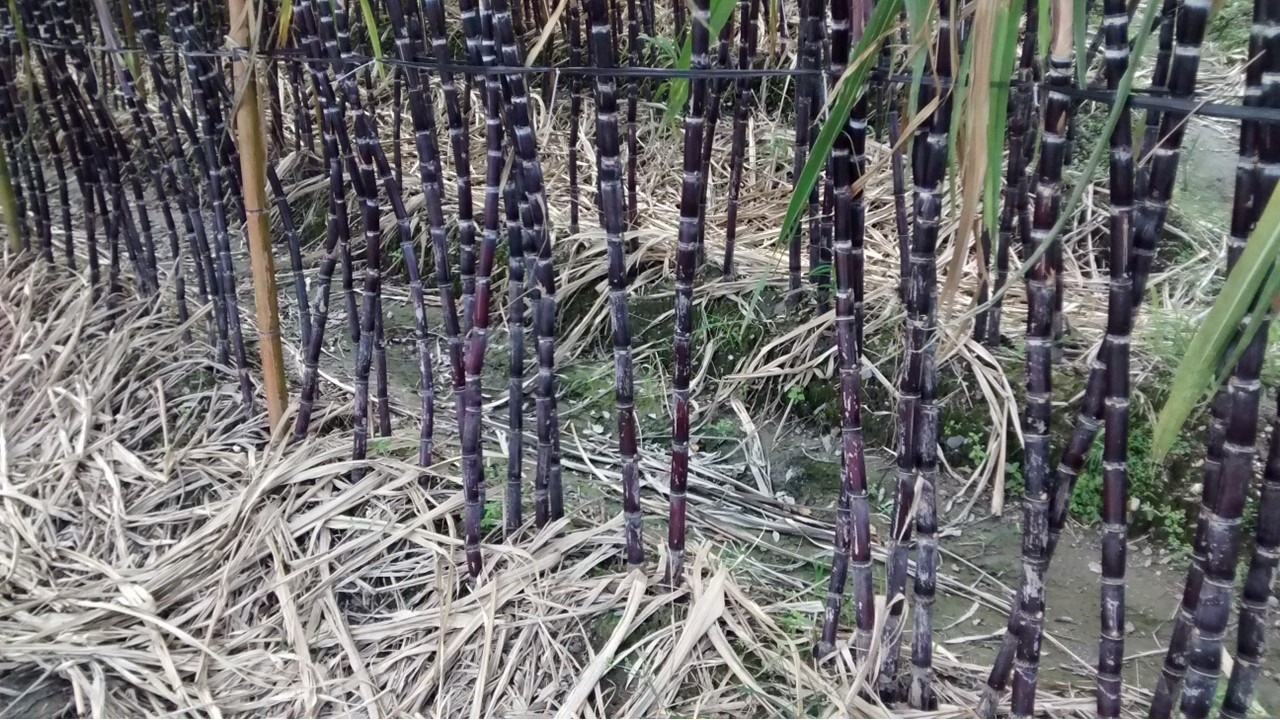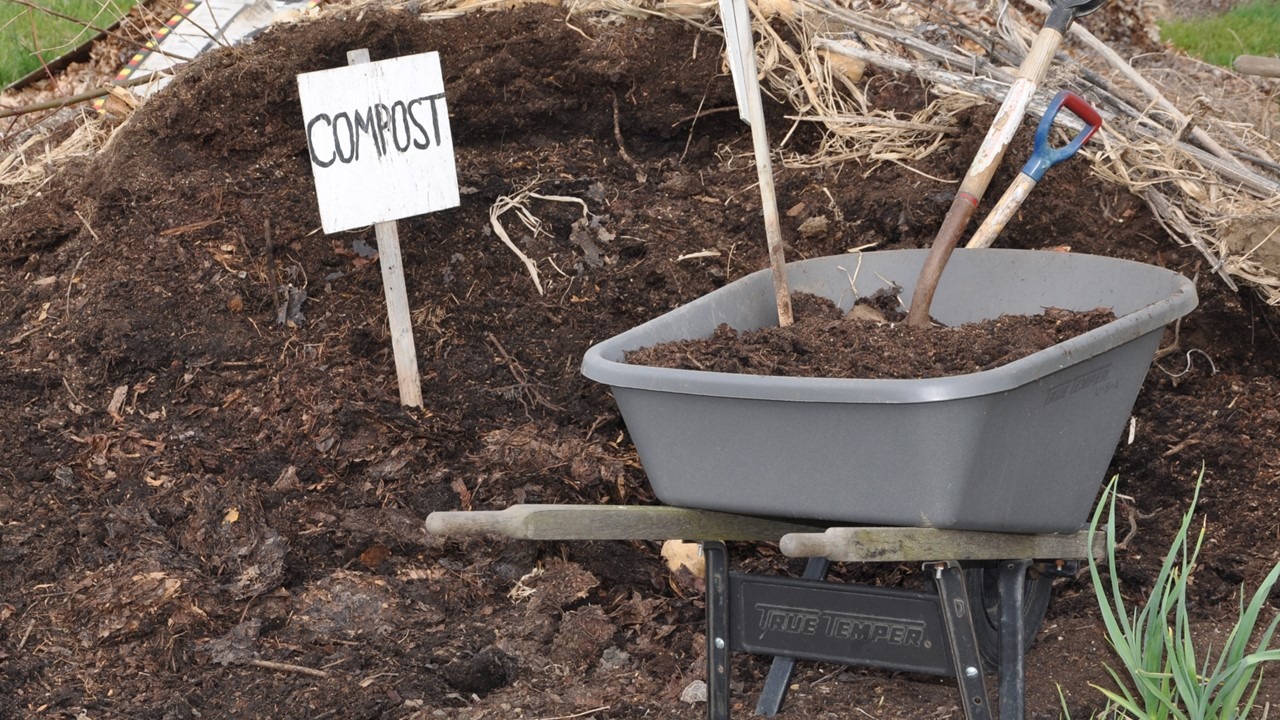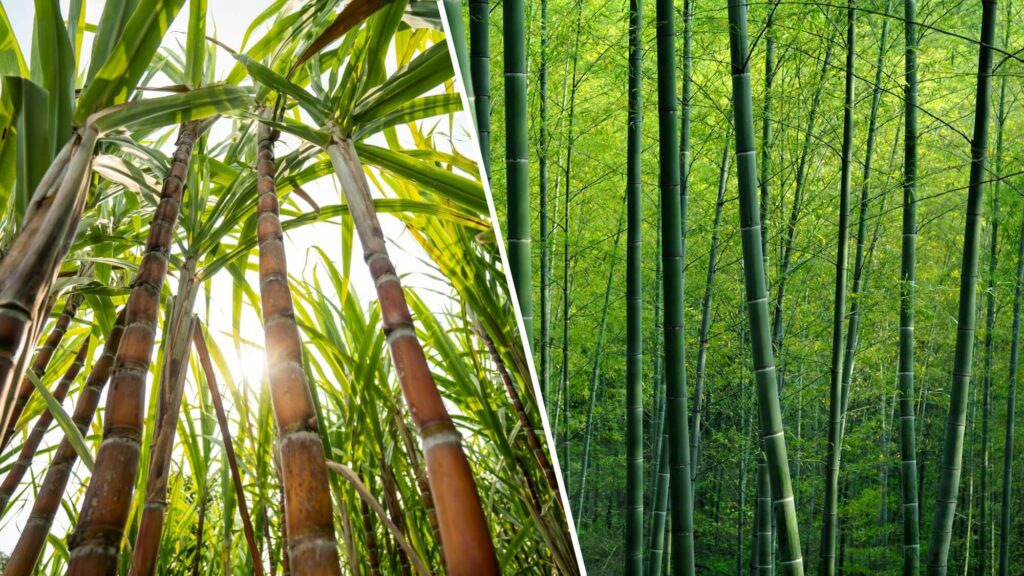Plastic reduction and environmental protection are promoted nowadays. Sugarcane and bamboo are common natural materials for environmental protection. Consisting of biodegradable fibers, they are suitable for making green products. This article introduces differences between the two items and their advantages. Several common sugarcane and bamboo products will also be highlighted.
The Differences Between Sugarcane and Bamboo?
Sugarcane and bamboo have straight, tough, slender and long stems with multiple nodes. In general, mature bamboo plants are about three times taller than sugarcane. However, sugarcane only needs 12 to 18 months to be ready to be harvested and used as raw materials for sugar production. On the other hand, bamboo needs 2 to 3 years to become raw material for construction and paper making.
Sugarcane stems are solid and have high water contents while bamboo stems are hollow and flexible. Sugarcane is not as strong as bamboo; the tensile strength of bamboo even surpasses that of low-carbon steel. Thus, bamboo is suitable for serving as building materials. Sugarcane is rich in molasses and serves as the source of three-fourths of the sugar around the world.
Sugarcane VS Bamboo: About Sugarcane
Suitable Growing Conditions
Being able to withstand drought and high temperature, sugarcane is suitable to be grown in tropical or subtropical regions. Sufficient water can speed up their growth. Bamboo comes in many varieties and grows in all areas between tropical and temperate climate regions.
Mining growth area
Sugarcane is mostly grown in tropical countries. Brazil accounts for over 25% of their production, and other countries such as India, the EU countries, China, Thailand, and Mexico produce sugarcane as well. Brazil is also a major exporter of sugarcane – sucrose, accounting for more than 50% of global export volume of sugar. It is also the major R&D base for the bio-ethanol from sugarcane.
Bamboo grows in regions around the world, originated in the Asia Pacific, America, and Africa. Being the largest bamboo growing region, the Asia Pacific accounts for over 50% of grown bamboo in the world and is mature in the application of bamboo, followed by the Americas.

Sugarcane VS Bamboo: About Sugarcane

Image: Flickr
Classification of Plants
Sugarcane is not only a monocot plant from the Poaceae family, but also one of the main sources of food for animals. Furthermore, it is a C4 plant, which means it has well-developed bundle sheath cells with thick cell walls and abundant chloroplasts. Before starting photosynthesis, it fixes carbon dioxide into a molecule containing four carbon atoms, which results in efficient photosynthesis and effective water use. Therefore, sugarcane can grow well in dry areas.
Length & Firmness
The height of sugarcane usually falls around 3 to 4 meters. Their toughness is low compared to bamboo, making them available for simple juice extraction without consuming too much energy.
Planting Conditions
Sugarcane is suitable for growing in high-temperature environments and able to withstand drought. However, sugarcane grown in dry environments will be unsatisfactory in growth rate, water, and sugar contents. They should be provided with sufficient water during their growing periods; moreover, additional nitrogen fertilizers can help increase sweetness in sugarcane.
Application
Sugarcane has been the source of sugar for people since ancient times and provides the contemporary world with the majority of sugar. As a large sugar-producing country, Brazil not only produces sugar, but also started developing sugarcane ethanol after the oil crisis. It is mainly used as an automobile fuel, but the price of the petrochemical fuel fell afterwards. With the price rising, sugarcane was used for sugar production again. It was not until the issue of climate change received the attention of humanity did sugarcane ethanol become further developed and matured. The utilization of bagasse in ethanol production has also entered the R&D stage to avoid the competition with the people.
After extracting sugar from sugarcane, the bagasse left is mainly used for composting and as boiler fuel. To maximize the utilization of resources, plastic is becoming substituted with sugarcane fibers and used as a new eco-friendly material. They are also widely used for food packaging due to their characteristics of being naturally decomposable.
Sugarcane VS Bamboo: About Bamboo

Image: Flickr
Classification of Plants
In addition to being one of the plants in the major category of food – Poaceae family, bamboo is the only group that has the form of arbors in the family. As C3 plants, which fix carbon dioxide into three carbon atoms before initiating photosynthesis, the photosynthesis efficiency is not as high as that of C4 plants, and its less drought-tolerant, over 80% of plants in the world are C3 plants.
Length & Firmness
The length of bamboo can reach 10 to 12 meters and even up to 40 meters for some varieties. Its hollow core and excellent toughness allow it to be used in buildings and furniture.
Planting Conditions
Bamboo is distributed in tropical and temperate climate regions with over 1,000 types. Bamboo plants in tropical regions are usually sympodial while those in temperate climate regions are mainly monopodial. In addition, more than 90% of the bamboo in the Asia Pacific is grown in Southeast Asia, and the bamboo in these regions prefers warm and rainy environments. Considering this, the growth of bamboo can be facilitated if the soil has good water drainage.
Application
The tough structure of bamboo allows it to be used in building materials, household items, paper, and packaging. Moreover, immature bamboo plants are called “bamboo shoots” and can be picked for eating. In the past, they were often used as building materials and household items. Bamboo houses, fences, sheds and frames, chairs and tables are common examples of applications in its original habitat Southeast Asia. As the technology improves, bamboo can be further mixed with cement and used for walls. This can help reduce the high carbon production and emission from conventional cement.
Bamboo not only serves as building and household items, but is also used in paper manufacturing. The manufacture of bamboo paper is relatively difficult and the bamboo paper has lower strength and durability compared to paper made from tree pulp. Thus, bamboo paper is mostly used in traditional handicrafts. In addition, bamboo fibers serve as a substitute for plastic and are used as straw and tableware materials.
The Advantage and Benefits of Sugarcane and Bamboo
Durability
The strength of the original sugarcane fibers is inferior to that of bamboo fibers. Hence, bamboo is often cleaned and trimmed to remove overgrown branches, and high-temperature carbonized after harvest. It can then be directly applied in many ways. For instance, bamboo furniture consists of assembled bamboo straws and strips that has undergone the final baking process. Bamboo straws, on the other hand, are made of cut and disinfected arrow bamboo, a smaller type of bamboo.
Sugarcane fibers undergo the transformation process by physical methods. The sugarcane fiber-based materials will have the same toughness as plastic as well as a certain degree of acid, alkali and heat resistance after processing. Their thickness can be adjusted according to product requirements without the limitation of the original plants’ growth status. Further, they can be reused in a period of several years before the natural degradation of plant fibers.
Reduce Carbon Emissions
Both sugarcane and bamboo are plants from the Poaceae family, but sugarcane, as a C4 plant, is more capable of absorbing carbon dioxide and transforming it to organic carbon than bamboo, which is a C3 plant. It can also reduce carbon emission more effectively as substitute materials for petrochemical products.
Biodegradable & Compostable
The materials generated after the processing of sugarcane fibers can be biodegraded down to the earth and are suitable for composting. To prevent bamboo products from becoming moldy, they must be high-temperature carbonized to block the natural capillary pores of plants. However, this will make the subsequent decomposition and composting slower than that of sugarcane materials.
Product Applicability
Sugarcane materials can be applied in many industries. For example, they can be used to produce bio-ethanol, for eco-friendly tableware, to substitute for plastic in the industries related to computers, communication devices and consumer products, and as compost. Bamboo is relatively less applied; the use of it is mostly centralized in the industries related to everyday life, e.g. furniture, tableware and buildings.
Sugarcane and Sugarcane Fiber Uses

Sugar Production
The major application of sugarcane is sugar production. More than 75% of the sugar around the world can be produced from the juice of sugarcane after it is concentrated and crystallized. After juice extraction, the bagasse left can also be used as boiler fuel in the production process to provide the thermal energy needed for concentration and crystallization.
Aqueous Alcohol
Aqueous alcohol can be produced after sugarcane is squeezed, fermented and distilled. Dehydrate it, and it can be used as fuel for transportation applications. To prevent competing with the people for sugar, it is planned that bagasse shall be used as a new source of bio-ethanol production starting from the new generation to utilize sugarcane more effectively.
Eco-Friendly Materials
Sugarcane fibers can substitute plastic as low-carbon and eco-friendly materials after reform and modification. They are mainly applied in the food packaging industry and made into, for example, bagasse straws, utensils and cups. These kinds of food packaging manufactured from eco-friendly materials are designed in a compostable form to ensure that the biomass-based circular economy can be achieved.
Bamboo and Bamboo Fiber Uses
Paper
Bamboo plants are traditional materials for paper manufacturing in Southeast Asia. As the wood-based paper manufacturing improves, the bamboo-based papers are becoming unsuitable for use in modern commercial activities due to their fragile textures. At present, bamboo-based paper is mostly manufactured for traditional cultural applications or as worship items. They are not often used for common applications in everyday life, such as printing paper and notebooks.
Building Material
Having high toughness, bamboo is suitable for use as building material, and has been applied in common types of buildings in Southeast Asia in the past. Nowadays, it serves as a major building material for fences, cabins in the woods, sheds and frames or simple workshops with the support of additional iron wires and nails. Processed bamboo fibers make a good substitute for some cement and an addition to more eco-friendly materials for concrete.
Furniture Material
Bamboo grows faster than normal trees and has a tough stem with a moderate degree of thickness. Assemble and fix it with latches or nails, then smoke it with a blowtorch, and durable furniture such as tables and chairs can be made.
Eco-Friendly Products
“Chopsticks” are a part of the traditional tableware in China, widely used in Japan, China, Korea, Taiwan, Singapore, Thailand, Malaysia and other Asian countries. They are pairs of slender, long strips with equal length and of the same material used for lifting food with the fingers of a single hand. In modern times, Asian countries manufacture disposable chopsticks to respond to disease transmission through aerosols and facilitate health. However, the need of using chemical substances during manufacturing causes pollution. As a result, bamboo plants are currently used as materials of reusable chopsticks, straws and toothbrushes as well as a substitute of for wood and plastic.
Edible
Young bamboo plants, a common kind of food in Asia, are referred to as bamboo shoots. People tend to eat them with seasoning due to their odorless feature. The common ways of cooking them include steaming, soup making and marinating.
Sugarcane Fiber Cutlery VS Bamboo Fiber Cutlery: How do We Choose?
The tableware that consists of bagasse and bamboo fibers is usually manufactured for different purposes. Bamboo fiber tableware is made of raw bamboo cuts that are thicker, more durable and harder to decompose. On the other hand, sugarcane fiber tableware is reformed and thus has portability as well as good degradability, which makes sugarcane fibers suitable for making disposable tableware or tableware that needs changing every few weeks. They can also be home composted. Currently, tableware products that are reproduced with bamboo fibers (in a way similar to that of sugarcane fibers) can also be seen on the markets. However, considering that sugarcane is able to store carbon better than bamboo and bagasse being agricultural waste, which means that the growth of sugarcane is not specifically needed for producing sugarcane tableware, sugarcane fiber tableware shall be a better choice where the number of uses is low or composting materials are required.













